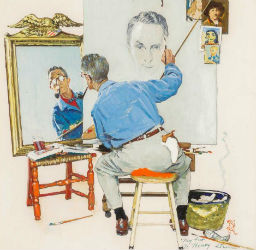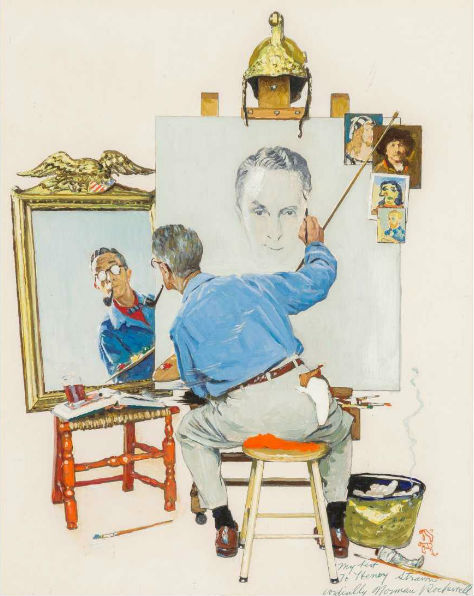
NEW YORK – Norman Rockwell was America’s illustrator, beloved for his works that deftly captured the simple and cherished moments of life from a boy’s first haircut to Thanksgiving dinner, yet by the 1960s he was embracing deeper and political themes such as civil rights and soldiers shipping off to war in Vietnam. While Rockwell’s themes were universal, his art was rooted in the personal and he often used his life and his family in his visual storytelling, lending further authenticity to his works. His deeply personal touch resonated with viewers while his artworks were fresh as it continues to now.
“As Leonardo da Vinci aptly observed, every work of art is an inevitable act in the autobiography of self-portraiture — an observation that would certainly be true of Norman Rockwell’s published imagery, which reached millions on the covers and pages of American magazines,” said Stephanie Plunkett, deputy director/chief curator at the Norman Rockwell Museum in Stockbridge, Mass. The museum houses the preeminent collection of Rockwell’s original paintings, many of which were pictured on Saturday Evening Post magazine covers. It mounted the exhibition “Norman Rockwell: Private Moments for the Masses,” on view June to October 2019, which explored the autobiographical nature of Rockwell’s art. The exhibition was done in celebration of the museum’s 50th anniversary. “This special 50th anniversary exhibition steps behind the scenes to explore the autobiographical aspects of Rockwell’s art through imagery that conveyed, in subtle and direct ways, the artist’s personal narrative,” Plunkett said. “His carefully constructed artwork engaged an appreciative audience for decades, yet few would have imagined all that it revealed about the inner workings of his life – from his interests and observations to his anxieties and experiences.”
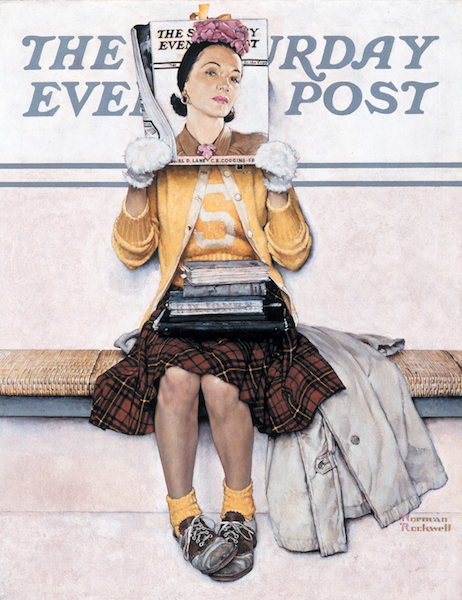
Rockwell’s own experiences made for good subject matter in many of his illustrations, recalling the gleeful pranks of childhood, his art school and fledgling professional years, the joys and challenges of being a husband and father, and his occasional brushes with fame. “A strong visual story concept was ‘the first thing and the last thing’ for the artist, and almost any subject could serve as inspiration for his highly visible work,” Plunkett said. “As observed by his eldest son, Jarvis, his family felt that they were ‘living out the cover of a Saturday Evening Post – perhaps no surprise, as perceived authenticity is a hallmark of Rockwell’s success.”
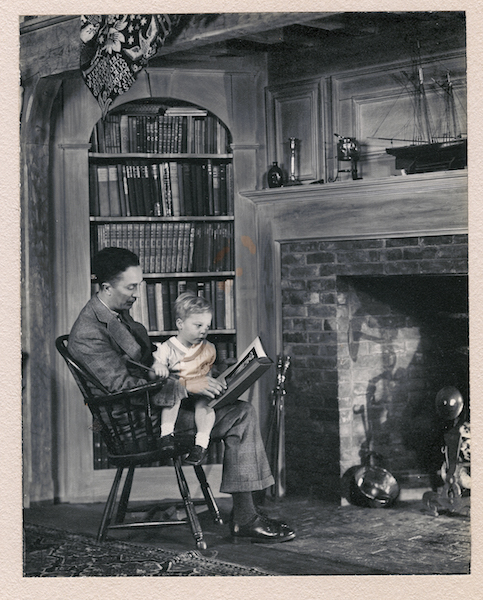
Collectors today snap up Rockwell’s original paintings as well as limited editions and prints. In December 2013, a collection of seven paintings held by Rockwell’s art editor (and friend) at the Saturday Evening Post fetched a combined total of $59.6 million at Sotheby’s New York. Leading the grouping was his painting, Saying Grace at $46 million.
Humor was a major component of Rockwell’s art. “It was a technique he used effectively to draw the viewer into the composition to share the magic,” according to commentary on the website of the National Museum of American Illustration in Newport, R.I.
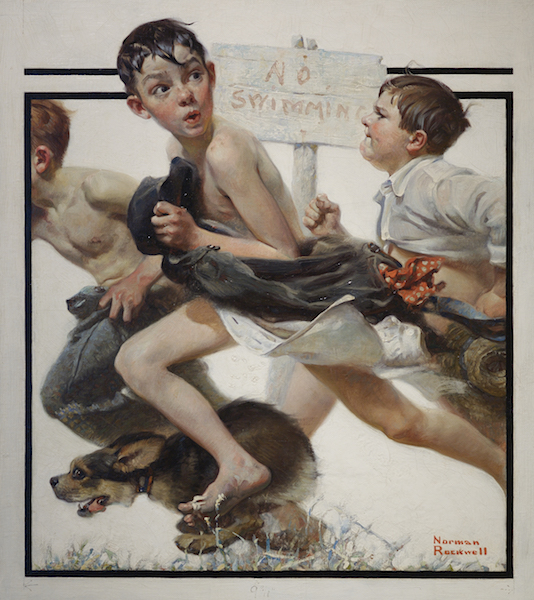
Designed to appeal to a broad audience with different tastes and views, Rockwell’s illustrations mostly avoided misfortune, conflict, and the problems of city life. He preferred to tell stories, whether serious or humorous, that entertained, Plunkett said. By 1916, Rockwell’s illustrations on the covers of The Saturday Evening Post, Life, Judge, and Leslie’s were seen by more than two million American families each week. “The term ‘Rockwellian’ has been used to denote harmony in personal relationships, optimism, idealism, good-natured fun or humor and a general feeling that all is well with the world. But Rockwell kids still disobeyed rules, college students came home with dirty laundry, and adolescent girls grappled with social pressures,” she said.
Rockwell’s art legacy and impact on popular culture and influence on generations of American illustrators cannot be overstated. Having himself been influenced by such great illustrator storytellers as Howard Pyle and N.C. Wyeth, Rockwell set the standard for commercial artists who used narrative realism to illustrate books, magazines and advertisements from the 1920s to the 1950s. “A seminal figure in the evolutionary progression of American illustration, he was also a catalyst for change for a younger generation of postwar illustrators and designers who embraced a more abstract modernist aesthetic,” Plunkett said.
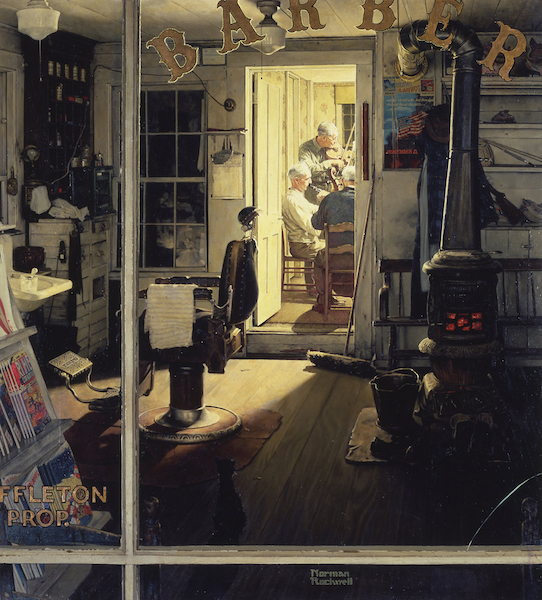
All areas of the illustration marketplace have undergone major change since Rockwell’s time, reflecting the evolution of culture, commerce and technology. “While the art of illustration is no longer the primary visual mechanism of mass media, practitioners continue to provide inspiring images that stimulate the intellect and emotions and speak to the joys and challenges of our world,” Plunkett said. “Rockwell’s artistic accomplishments represent a great moment in the continuum of this popular American art and provide an important link to outstanding visual communicators, past and present.”
An astute visual storyteller and masterful draughtsman with a distinct, personal message to convey, Rockwell created images that told universal human experiences within a uniquely American context. His talent in highlighting meaning in the ordinary continues to enthrall contemporary audiences.


